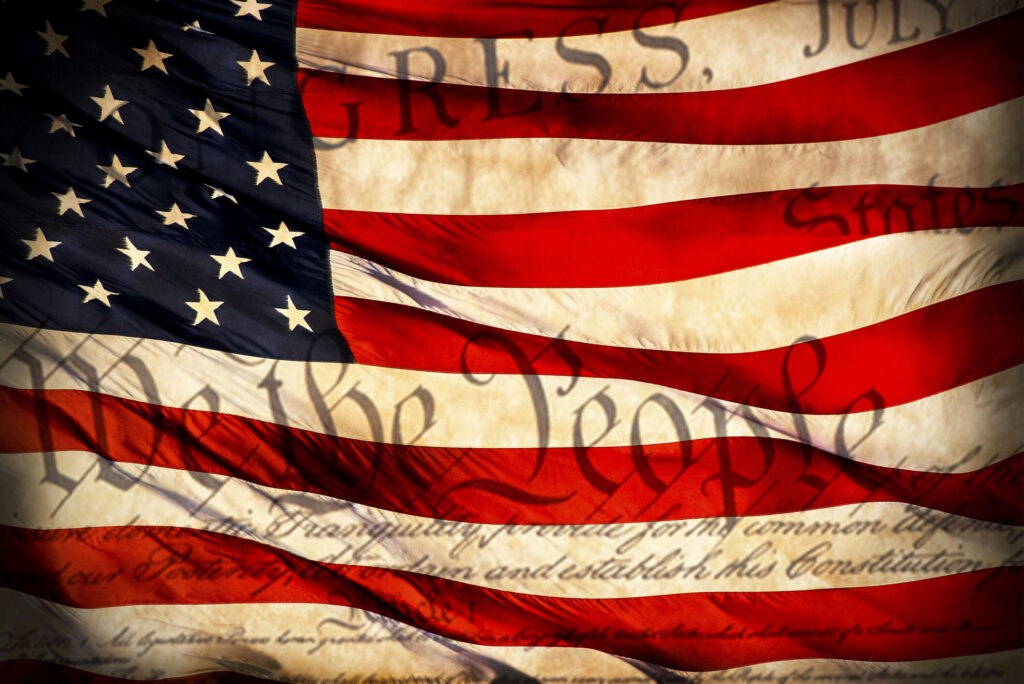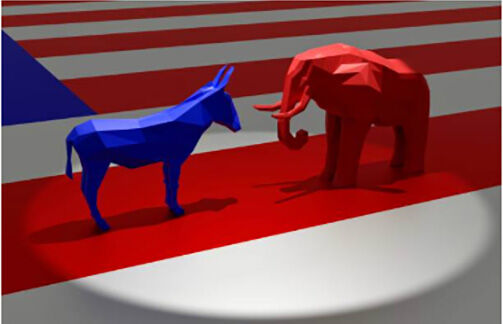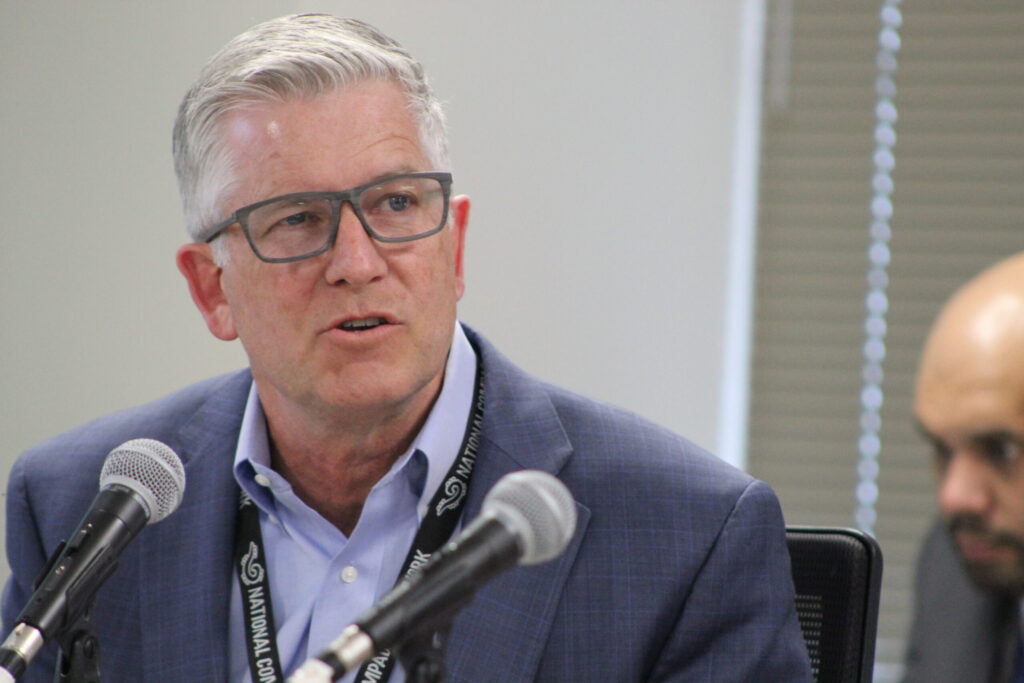The history behind the National Western Stock Show | GABEL

Rachel Gabel
The show now known as the National Western Stock Show began in a tent in the stock yards with the purpose of influencing and equipping livestock producers in the region to improve the breeding and feeding of livestock. It was — and is — one of the factors that made Denver a Cowtown, built by the livestock industry.
The 2025 National Western Stock Show will mark the last year of Stadium Arena (originally known as the National Amphitheater) and livestock shows on “The Hill.” After the final champion slaps are delivered on the green carpet later in January, the NWSS will move forward into a new era and into the Yards, where it all began.
In 1906, the Western Stock Show took place in Floto Shows Company’s largest tent, located near the newly constructed Exchange Building. Thomas Cross judged the individual fat cattle, selecting a 2-year-old red Shorthorn shown by Colorado A&M. The champion steer sold to Denver butcher J.D. Miller for 33 cents per pound. The champion carload of fat steers was purchased by United Packing Company for 10 cents per pound. Until the 1970s, fat cattle were shown by breed and age and the grand champion was selected from the breed champions.
Stay up to speed: Sign up for daily opinion in your inbox Monday-Friday
Students from Colorado A&M in Fort Collins arrived by train and spent the day, as reported in the Record Stockman, “practicing judging and practical-look studying (of) the animals.” The Stockman reported on the huge crowd, including how “broad white sombreros crown the heads of the men from the staked plains of Texas, and the natty derby the craniums of Omaha, Chicago and Kansas City commission men, while one or two of the eastern beef barons appeared with a silk hat.”
The Western Stock Show Association was incorporated “to hold exhibitions of livestock, and of the products thereof, and of products and appliances necessary or useful in the breeding, feeding, care and fattening and improving of livestock…to promote and encourage the improvement and better breeding of livestock and the feeding and care thereof.” A week later, the second show was scheduled for Jan. 24-29, 1907.
Gleaming prize cups and hefty premiums aside, the real news was the “monster” tent erected shortly after the new year on the weedy hill, overlooking the Yards. The tent was made by Shafer Tent and Awning Company in Denver and, at 150-by-175 feet, it was the largest sewn together by a Denver company. The tent required, according to Simms, 2.5 miles of rope, 1,400 yards of ducking and 114 poles. The sections were hauled in the snow from downtown using six horse-drawn wagons. Inside, a show ring was built large enough for four-horse hitches with seating for thousands.
Just days after the tent was complete, winter winds battered the hill and left the tent “in a heap.” Repairs were completed the day before the show opened. The number of exhibitors ready to show “on the hill” were four times the number of the original show.
The fights for top honors began with a 10-round boxing match featuring Frank Miller and H.L. Barnes, and carried into the ring with Roundup crowned as the champion steer. The steer was exhibited by Western Breeding Farm of Colorado Springs and fetched 31 cents per pound — the Denver market was topped by a price of 5 cents per pound — to the General Market Company.
Construction on a structure atop the hill overlooking the yards began in May 1908. The National Amphitheater opened on Jan. 18, 1909, and it was an enormous structure that cost a reported $200,000 paid by the Denver Union Stock Yard Company. The Daily Record Stockman was on hand to photograph the building and detail its steam heating system, flaming arc lamps lighting and enormous skylights and windows. With the steel and bricks in place, the Western National Stock Show became a permanent event.
In 1918, despite wartime troubles, a record for livestock entries was set at the show. It was also that year the Brown Palace Hotel first purchased the Grand Champion Steer. That year, the Brown Palace paid a record $5 per pound for the champion, a 2-year-old Hereford shown by G.C. Baker of Littleton.
In 1941, Simms said the cattle winning in the showring were beginning to look fancy. It was in 1941 12-year-old Kenny Monfort won Grand Champion steer honors with a 1,080-pound Hereford steer purchased out of the 1940 National Western grand champion carload exhibited by T O Ranch in Raton, New Mexico. The champion steer was purchased for $1 per pound by Melnick Market in Denver.
In 1945, 600 junior steer exhibitors showed their steers in the National Amphitheater. That year, a pair of Hereford bulls made history when they were sold for $50,000 each and were displayed in the Brown Palace Hotel lobby. The hotel, due to some “indiscretions” involved with the two initial bulls, insisted future bovine guests be steers. The tradition of displaying the champion steer in the lobby of the grand hotel remains alive today.
Rachel Gabel writes about agriculture and rural issues. She is assistant editor of The Fence Post Magazine, the region’s preeminent agriculture publication. Gabel is a daughter of the state’s oil and gas industry and a member of one of the state’s 12,000 cattle-raising families, and she has authored children’s books used in hundreds of classrooms to teach students about agriculture.










